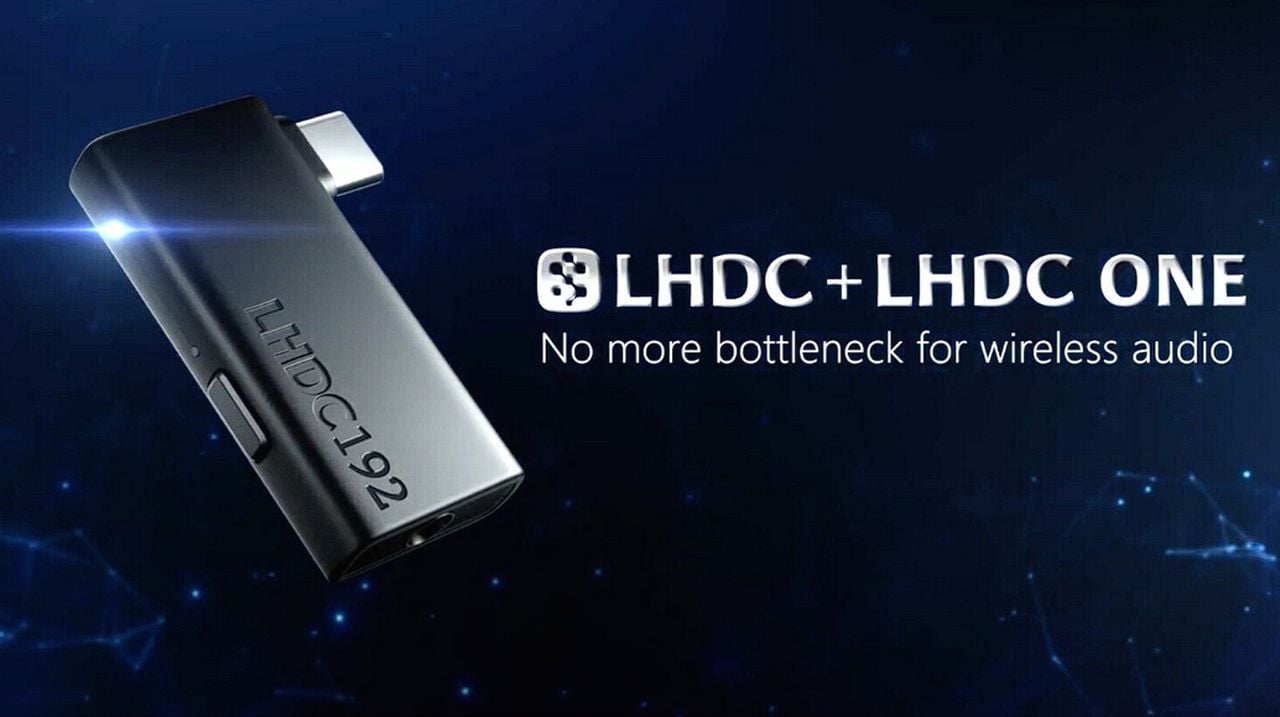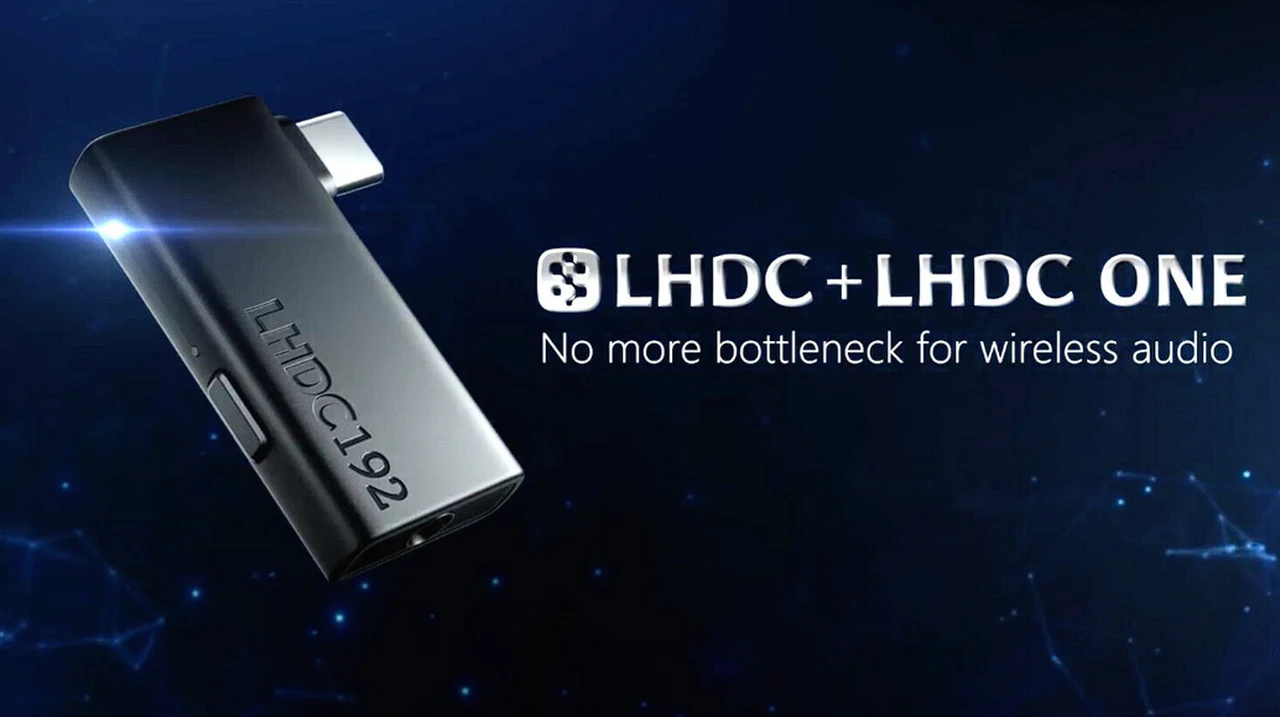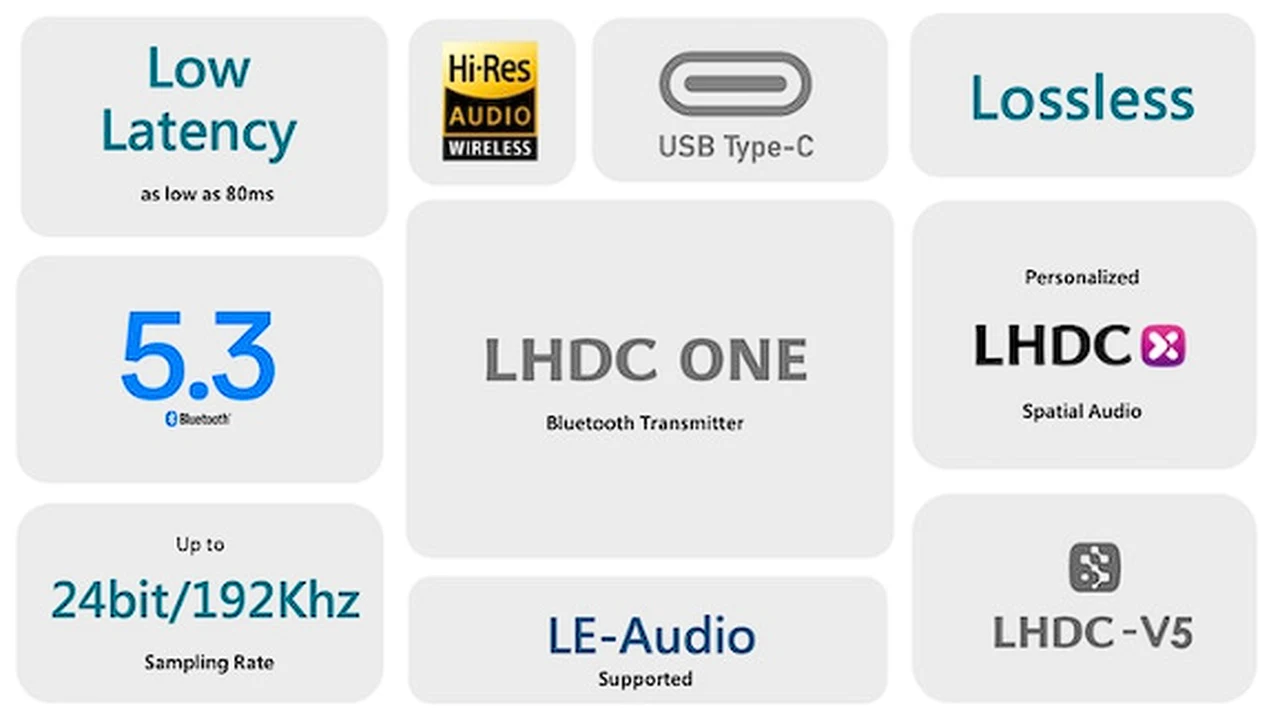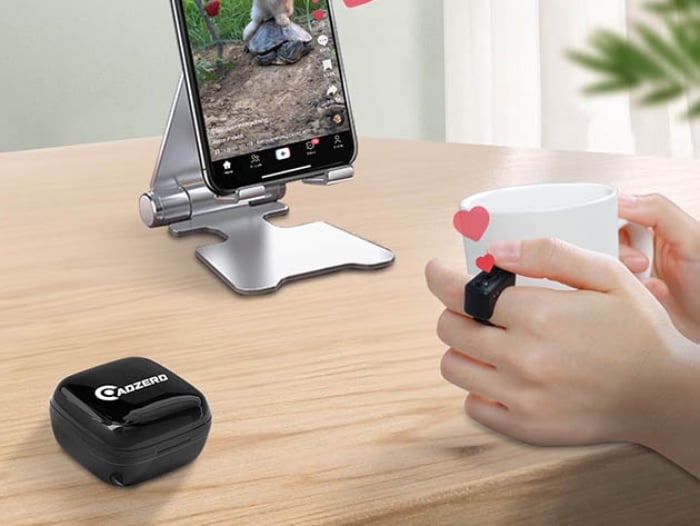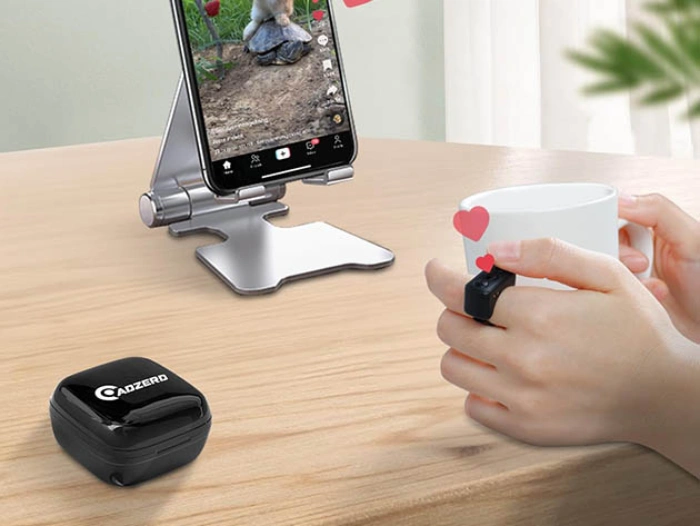[ad_1]
“When you think about the history of Bluetooth, and specifically about audio, you really have to go back to the mid-to-late ’90s.”
Chuck Sabin is a Bluetooth expert. As a senior director at Bluetooth Special Interest Group (SIG), he oversees market research and planning as well as business development. He’s also leading the charge for emerging uses of Bluetooth, like Auracast broadcast audio. In other words, he’s an excellent person to speak to about how far Bluetooth has come — from the days of mono headsets solely used for voice communication to today’s devices capable of streaming lossless-quality music.
In the mid ’90s, mobile phones were starting to become a thing, and of course so were regulations about hands-free use of them in cars. Sabin previously worked in the cellular industry, and he remembers how costly and intrusive the early hand-free systems were in vehicles. Bluetooth originated from cell phone companies working together to cut the cord to headphones since using those not-yet-wireless audio accessories in the car was cumbersome. One of the first mobile phones with Bluetooth was from Ericsson in the late ’90s, although an updated model didn’t make it to consumers until 2001. That same year, the IBM ThinkPad A30 became the first laptop with Bluetooth built in. At that time, the primary intent of the short-range radio technology was for voice calls.
“You had a lot of people who ended up with these mono headsets and boom mics,” he explained. You know, the people we all probably made fun of — at least once. Most of these things were massive, and some had obnoxious blinking lights. They’re definitely a far cry from the increasingly inconspicuous wireless earbuds available now.
Bluetooth as a specification continued to evolve, with companies leveraging it for music and streaming audio. To facilitate music listening, there had to be faster communication between headphones and the connected device. Compared with voice calling, continuous streaming required Bluetooth to support higher data speeds along with reduced latency. Where Bluetooth 1.0 was call specific, version 2.0 began to achieve the speeds needed for audio streaming at over 2 Mb/s. However, Sabin says, the 2.1 specification adopted by Bluetooth SIG in 2007 was when all streaming audio capabilities were implemented in automobiles, phones, headphones, headsets and more.
Of course, it would still be a few years before wireless headphones were mainstream. In the early 2000s, headphones were still directly connected to a mobile phone or other source device. Once Bluetooth became a standard feature in all new phone models, as well as its inclusion in laptops and PCs, consumers could count on wireless connectivity being available to them. Even then, music had to be loaded onto a memory card to get it on a phone, as dedicated apps and streaming services wouldn’t be a thing until the 2010s.
“The utility of the device that you carried around with you all the time was evolving,” Sabin said. “Bluetooth was ultimately riding that continued wave of utility, by providing the opportunity to use that phone as a wireless streaming device for audio.”
About the time wireless headphones had become popular, a few companies arrived with a new proposition in 2015: true wireless earbuds. Bluetooth improvements meant reduced power requirements leading to much smaller devices with smaller batteries — and still provide the performance needed for true wireless devices. Bragi made a big splash at consecutive CESs with its Dash earbuds. The ambitious product had built-in music storage, fitness tracking and touch controls, all paired with a woefully short three-hour battery life. Perhaps the company was a bit overzealous, in hindsight, but it did set the bar high, and eventually similar technologies would make it into other true wireless products.
“Companies that were building products were really starting to stretch the specification to its limits,” Sabin explained. “There was a certain amount of innovation that was happening [beyond that] on how to manage the demands of two wireless earbuds.” Bluetooth’s role, he said, was more about improving performance of the protocol as a means of inspiring advances in wireless audio devices themselves.
He was quick to point out that, for the first few years, true wireless buds accepted the Bluetooth signal to only one ear and then sent it to the other. That’s why the battery in one would always drain faster than the other. In January 2020, Bluetooth SIG announced LE Audio at CES as part of version 5.2. LE Audio delivered lower battery consumption, standardized audio transmission and the ability to transmit to multiple receivers — or multiple earbuds. LE Audio wouldn’t be completed until July 2022, but it offers a lower minimum latency of 20 to 30 milliseconds versus 100 to 200 milliseconds with Bluetooth Classic.
“All of the processing is now done back on the phone itself and then streamed independently to each of the individual earbuds,” Sabin continued. “That will continue to deliver better performance, better form factors, better battery life and so on because the processing is being done at the source level versus [on] the individual earbuds.”
The increased speed and efficiency of Bluetooth has led to improvements in overall sound quality too. Responding to market demands for better audio, Qualcomm and others have developed various codecs, like aptX, that expand what Bluetooth can do. More specifically, aptX HD provides 48kHz/24-bit audio for wireless high-resolution listening.
“One of the elements that came into the specification, even on the classic side, was the ability for companies to sideload different codecs,” Sabin explained. “Companies could then market their codec to be available on phones and headphones to provide enhanced audio capabilities.”
LE Audio standardizes Bluetooth connectivity for hearing aids, leading to a larger number of supported devices and interoperability. The use cases range from tuning earbuds to a user’s specific hearing or general hearing assistance needs, with or without the help of active noise cancellation or transparency mode, to simply being able to hear valuable info in public spaces via their earbuds or hearing aid.
“Bluetooth is becoming integral for people with hearing loss,” he explained. “Not only for medical-grade hearing aids, but you’re seeing hearing capabilities built into consumer devices as well.”
Sabin also noted how the development of true wireless earbuds have been key for people with hearing loss and helped reduce the stigma around traditional hearing aids. Indeed, companies like Sennheiser and Sony have introduced assistance-focused earbuds that look no different from the devices they make for listening to music or taking calls. Of course, those devices do that too, it’s just their primary aim is to help with hearing loss. The boom, which has been going on for years, was further facilitated by a 2022 FDA policy change that allowed over-the-counter sale of hearing aids.
One of the major recent developments for Bluetooth is broadcast audio, better known as Auracast. Sabin described the technology as “unmuting your world,” which is exactly what happens when you’re able to hear otherwise silent TVs in public spaces. You simply select an available broadcast audio channel on your phone, like you would a Wi-Fi network, to hear the news or game on the TV during your layover. Auracast can also be used for things like PA and gate announcements in airports, better hearing at conferences and sharing a secure audio stream with a friend. Companies like JBL are building it into their Bluetooth speakers so you can link unlimited additional devices to share the sound at the press of a button.
“You’re seeing it in speakers, you’ll see it in surround sound systems and full home or party-in-a-box type scenarios,” he said. Sabin also noted that applications beyond the home could simplify logistics for events, since Auracast audio comes from the same source before it’s sent to a PA system or connected earbuds and headphones with no latency. Sabin said the near-term goal is for Bluetooth audio to be as common in public spaces as Wi-Fi connectivity, thanks to things like Auracast and the standard’s constant evolution.
Even after 20 years, we’re still relying on Bluetooth to take calls on the go, but both the voice and audio quality have dramatically improved since the days of the headset. Smaller, more comfortable designs can be worn all day, giving us constant access to music, podcasts, calls and voice assistants. As consumer preferences have changed to having earbuds in at all times, the desire to tune into our surroundings rather than block them out has increased. “Unmuting your world” is now of utmost importance, and the advancement of Bluetooth technology, from the late ’90s through LE Audio, continues to adapt to our sonic preferences.
To celebrate Engadget’s 20th anniversary, we’re taking a look back at the products and services that have changed the industry since March 2, 2004.
[ad_2]
Source Article Link

